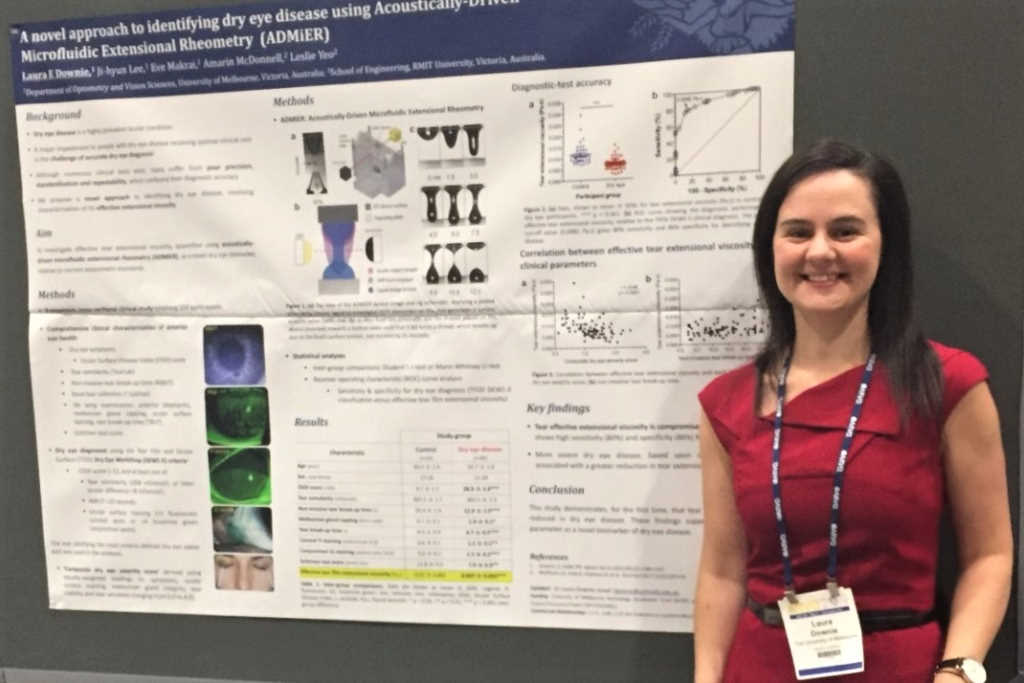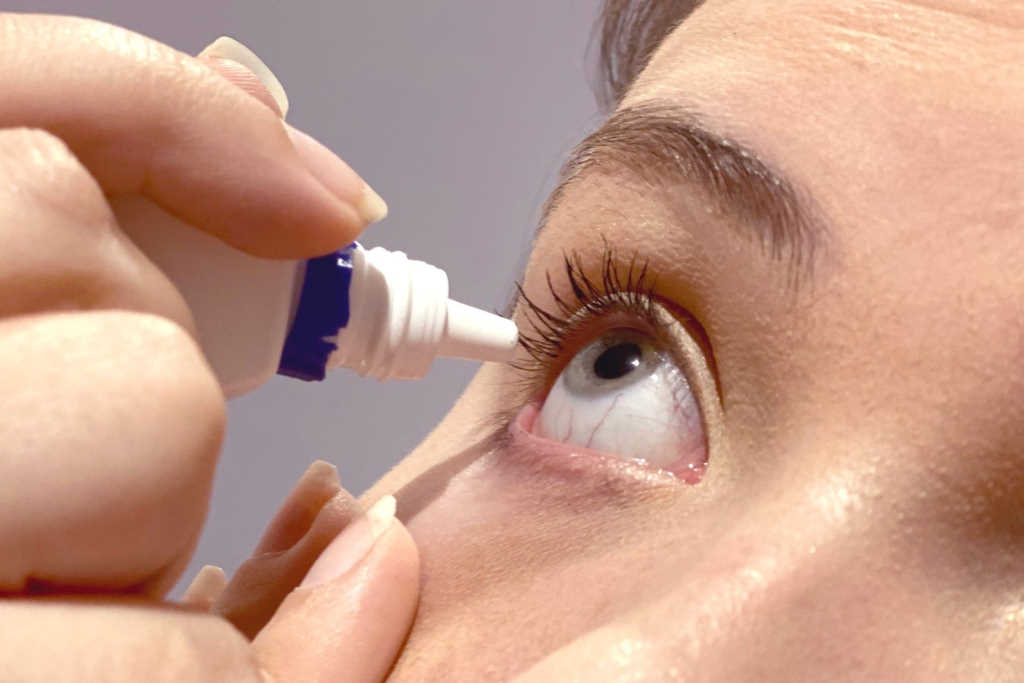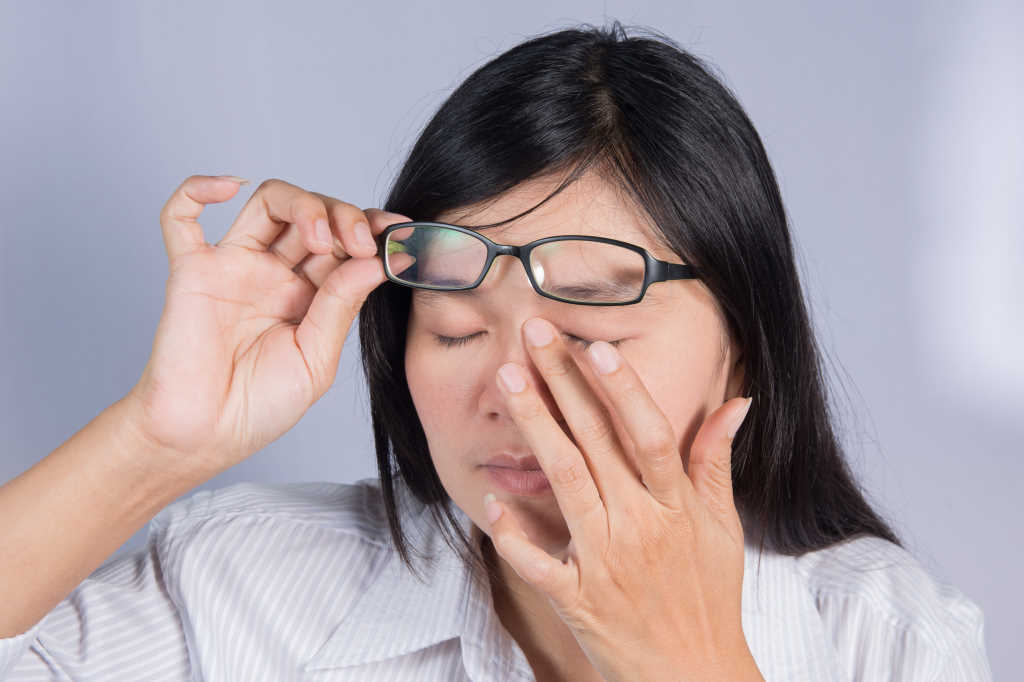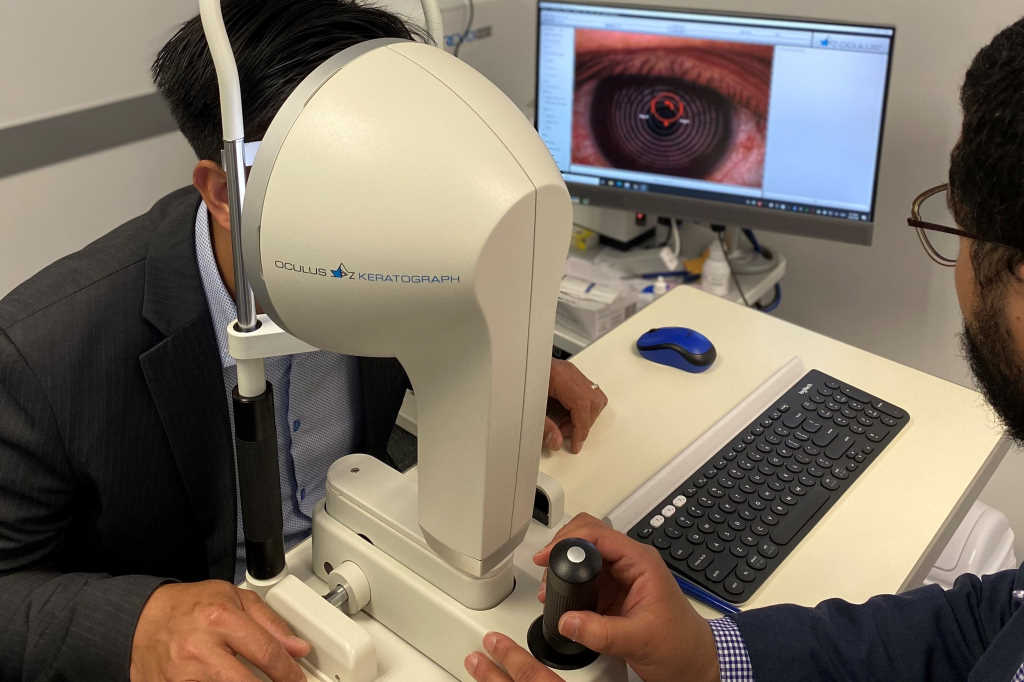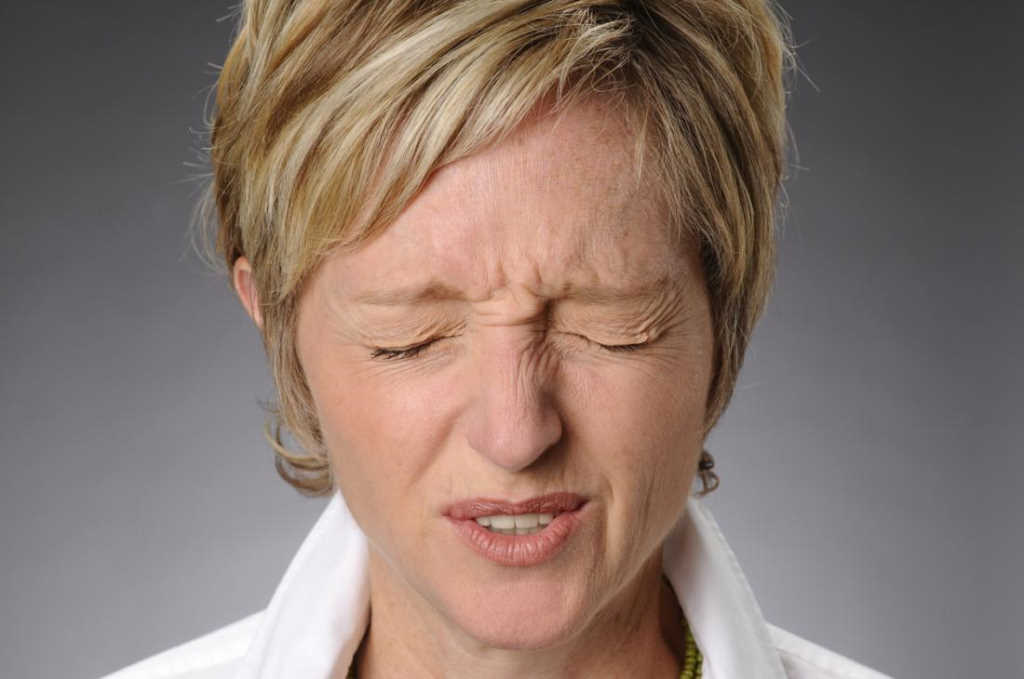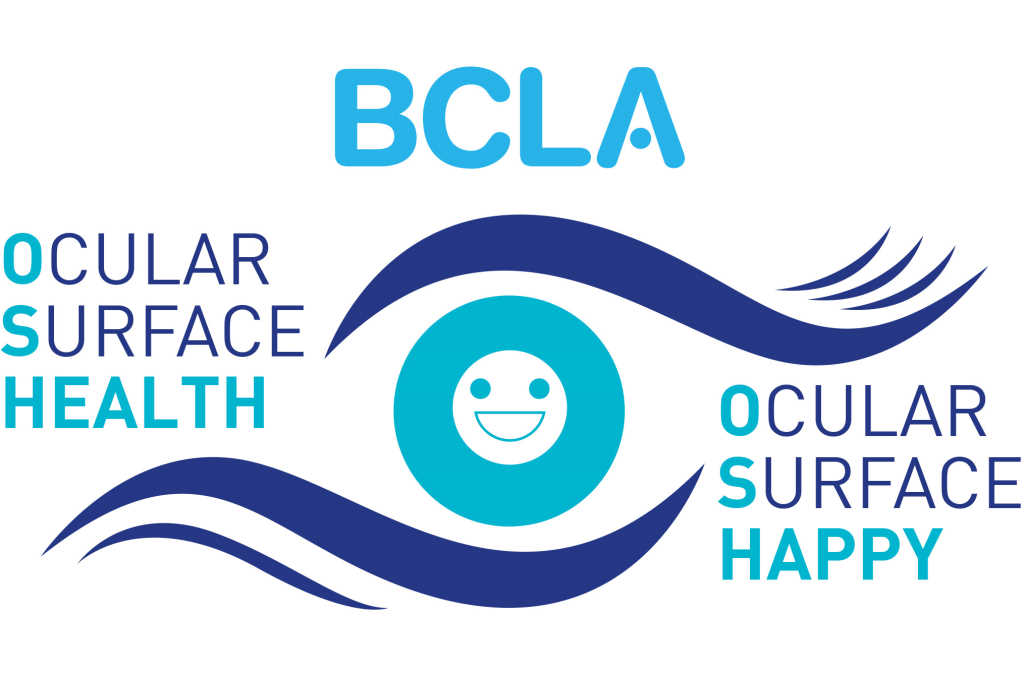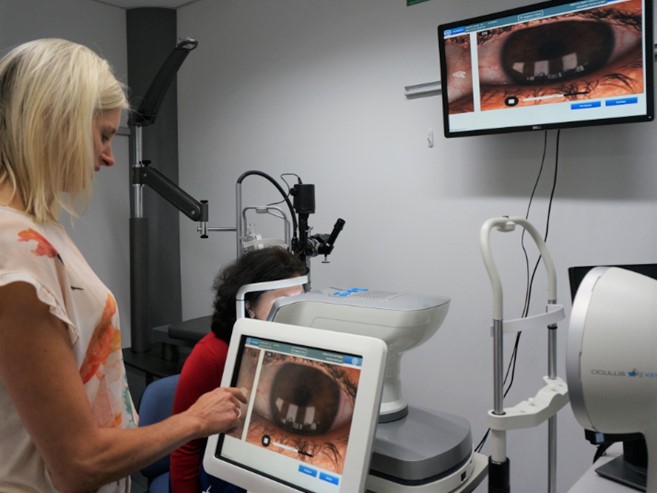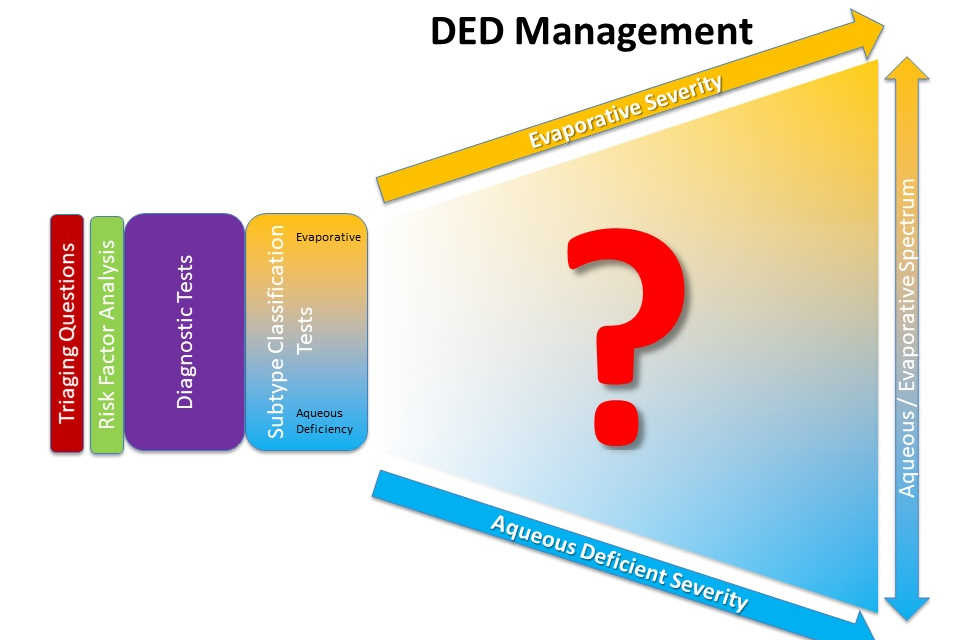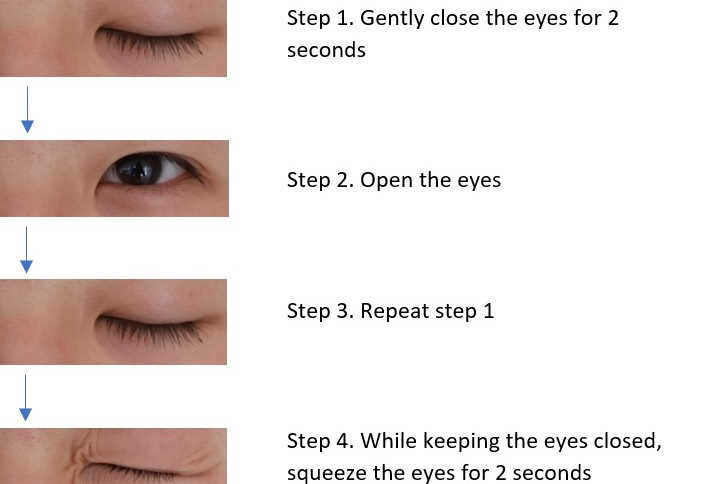New point-of-care test for dry eye
Accurate and early diagnosis of dry eye disease is currently a clinical challenge, as many current tests are invasive, time-consuming and inaccurate¹. Dry eye disease affects about one in five adults and is a common indication for medical eye care in developed countries². The condition adversely affects the tear film and ocular surface, potentially leading to eye pain, impaired vision and reduced quality-of-life. Clinicians have access to a broad range of therapies³ but need to know which to use and when to use them. It is of critical importance to determine the main subtype of dry eye (ie. evaporative or aqueous-deficient), as this informs treatment decisions⁴. However, currently there is no single method to both diagnose and subtype dry eye disease.
The research programme at the Anterior Eye, Clinical Trials and Research Translation Unit in the Department of Optometry and Vision Sciences at the University of Melbourne, integrates laboratory, clinical and implementation science to support the translation of discovery research into practice. Over the past three years, one of our major projects has focused on the development of a new point-of-care test for rapid and accurate dry eye diagnosis and subtyping. The technology is known as ADMiER, acoustically driven microfluidic extensional rheometry, and involves analysing the viscoelastic (stretching) properties of a small tear droplet. It is the first application of microfluidic extensional rheometry for ophthalmic diagnostics. The ability to both diagnose and subtype dry eye disease using ADMiER, in a single analytical step, makes the approach a transformative advance over current tests.
The intended users of this technology are optometrists and ophthalmologists. Translation of the device into eye care practice is predicted to benefit eye care clinicians and the healthcare system by improving practice efficiency through faster, more accurate and cost-effective patient triaging. For dry eye patients, the diagnostic and subtyping information provided by the technology will be able to directly inform treatment, so that dry eye management protocols are optimised. In the long-term, this has the capacity to drive improvements in patient health outcomes.
I am currently leading the commercial development of the technology, in collaboration with Prof Leslie Yeo and Dr Amarin McDonnell from RMIT University, Melbourne. To date, we have built a research-grade prototype of the device, secured a strong patent portfolio and published an initial clinical dataset that demonstrates ADMiER’s diagnostic utility⁵. Since 2019, our team has presented the technology at several prestigious scientific meetings and pitched to local potential investors. Our team was recently awarded a National Health and Medical Research Council (NHMRC) development grant to support further development and commercialisation of the technology. This next stage of development focuses on undertaking a body of research relating to clinical validation of the device and developing and optimising a next-generation prototype. We are working towards the ADMiER product being available on the market within the next five years.
References
1. Downie LE, Keller PR, Vingrys AJ. An evidence-based analysis of Australian optometrists' dry eye practices. Optom Vis Sci 2013;90(12):1385-95.
2. Stapleton F, Alves M, Bunya VY, et al. TFOS DEWS II Epidemiology Report. Ocul Surf 2017;15(3):334-65.
3. Jones L, Downie LE, Korb D, et al. TFOS DEWS II Management and Therapy Report. Ocul Surf 2017;15(3):575-628.
4. Wolffsohn JS, Arita R, Chalmers R, et al. TFOS DEWS II Diagnostic Methodology report. Ocul Surf 2017;15(3):539-74.
5. McDonnell A, Lee JH, Makrai E, et al. Tear Film Extensional Viscosity Is a Novel Potential Biomarker of Dry Eye Disease. Ophthalmology 2019.
Associate Professor Laura Downie heads up the Anterior Eye, Clinical Trials and Research Translation Unit in the Department of Optometry and Vision Sciences at the University of Melbourne. She is a sought-after international speaker, has published many papers and served on several national and international expert panels, standards committees and industry advisory boards, and is an editorial board member on several scientific journals, including Ophthalmology.










